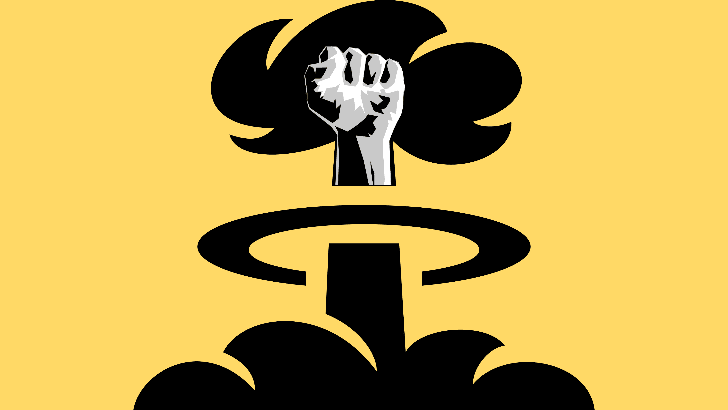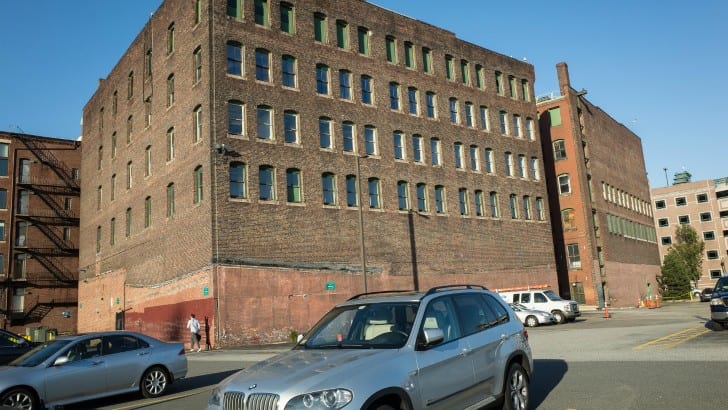January 4, 2017
BY JASON PRAMAS @JASONPRAMAS
As another calendar year begins, it is my custom to prognosticate about what I think is most important for my audience to consider in the months to come. Last year at this time, I asked readers if they wanted to live in a democracy—and I encouraged those who did to join organizations willing to defend and expand the democratic lifeways our society has left.
But how one thinks about democracy depends on where one stands politically. So this year, now that the 2016 election drama has played out, I think it’s worth reflecting on how to unite everyone who believes in American democracy around the cause of saving it. Given that people with very different politics still share a common vision of democracy at a gut level. Though they agree on very little else.
For example, most people who voted for President-elect Donald Trump—outright fascists, theocrats, and incipient monarchs excepted—believe that they did so to defend and expand democracy. Most people who voted for also-ran Hillary Clinton—including former Bernie Sanders supporters who held their noses and took one for the team—believe the same thing. Same goes for Libertarians, Greens, smaller left and right third parties, and a vast array of independents. Most everyone believes that people should have some say over political and economic decisions that affect their daily lives.
However, there is one significant group that doesn’t seem particularly interested in democracy (although they often say otherwise). The “good and the great.” The rich and powerful. The corporate leaders, major investors, and top politicians who comprise the oligarchy that controls the commanding heights of American politics and economics. Trump and Clinton represent different factions of it. And until popular movements reign in that oligarchy, nothing significant will change for the better.
Doing so will have to be a broad effort. Because neither the left nor the right can win this one alone. And removing an oligarchy is no easy task. As such, here’s what I think each political crew should do toward that goal.
Democrats: I wrote my basic prescription for you all a few weeks back … reform your party. Do us all a favor, take it away from Wall Street operatives like Clinton and let the grassroots membership run the show (read up on the midterm 1978 Democratic National Conference for some ideas). Give working Americans someone decent to vote for and there won’t be another repeat of the recent debacle anytime soon.
Republicans: If you’re serious about the small government thing, let’s see some grassroots action against the military-industrial complex, corporate welfare, and the national security state. Also, fight to keep government funding for science and medicine in place. [Evangelical Republicans, keep Matthew 19:24 in mind.]
Greens: Get more of your members elected to local and state offices. The better to develop a core of experienced public servants, and eventually field national candidates who have some hope of striking hard bargains with the major parties to win significant reforms like national health care. Or even some Congressional seats.
Libertarians: Same as the Greens (understanding that you will generally oppose big federal programs). But unseating some of the current crop of racist and nativist Repub elected officials would be super helpful.
Smaller parties, “fusion” parties, and proto-parties: Get larger. We really need to muddle our way to a multiparty parliamentary system.
Non-voters of various political stripes: Even if you don’t believe in electoral politics, or just don’t see a point in voting, there’s still plenty you can do. Help rebuild local and regional democratic institutions like neighborhood associations, benefit societies, community service organizations, clubs, co-operatives, labor unions, and forward-thinking religious groups.
That said, everyone should work in concert to create a more democratic culture. A culture where people don’t just accept decisions handed down to them from on high in any sphere of life, but question them. And demand to be part of making them.
We will debate over every conceivable policy while we build that culture. And that’s OK. In a democratic society, the most important thing is that we’ll be able to have those debates. But without such basic human solidarity—such commitment to “hang together” rather than “hang separately,” as Benjamin Franklin probably quipped—democracy in America is finished.
Apparent Horizon is syndicated by the Boston Institute for Nonprofit Journalism. Jason Pramas is BINJ’s network director.
Copyright 2017 Jason Pramas. Licensed for use by the Boston Institute for Nonprofit Journalism and media outlets in its network.
Check out the Apparent Horizon Podcast on:
iTunes, Google Play Music, Stitcher, TuneIn, and YouTube











